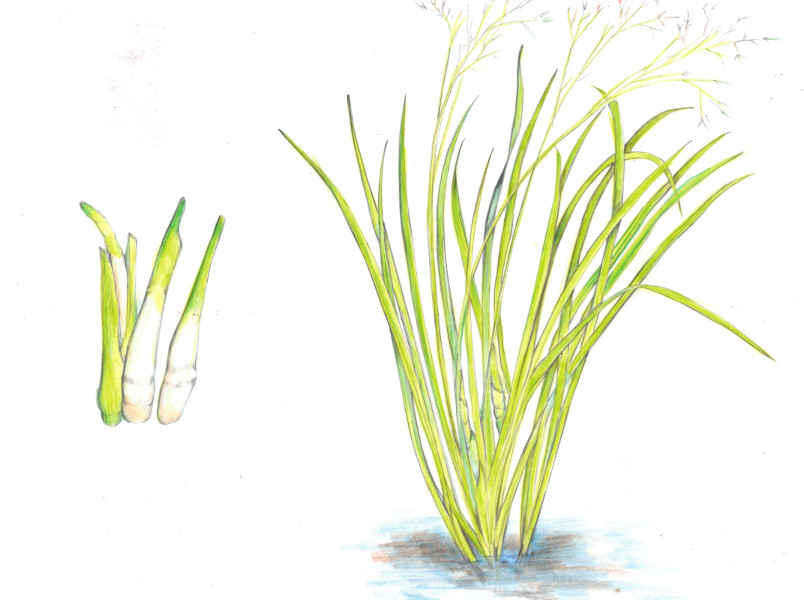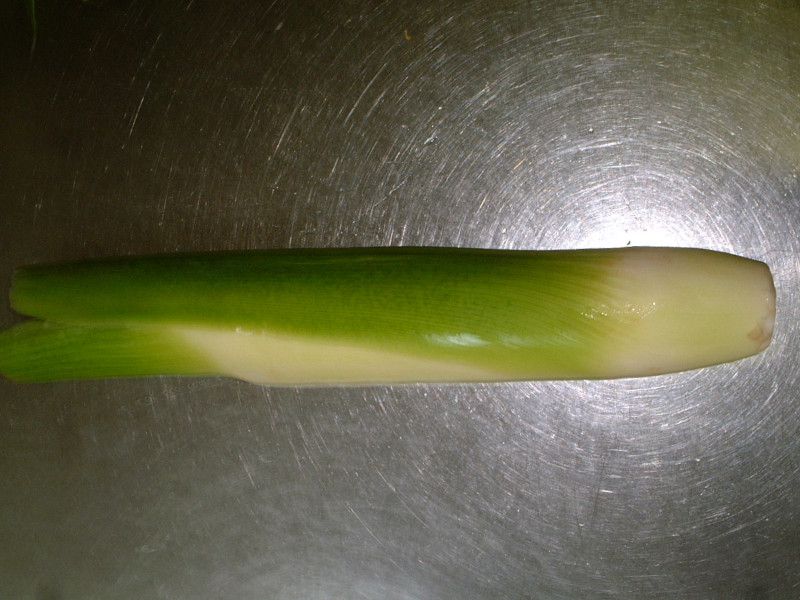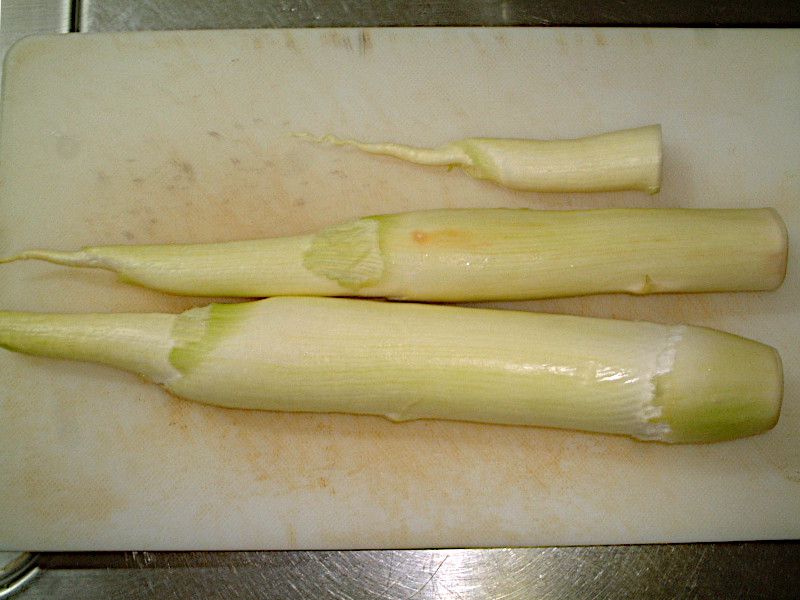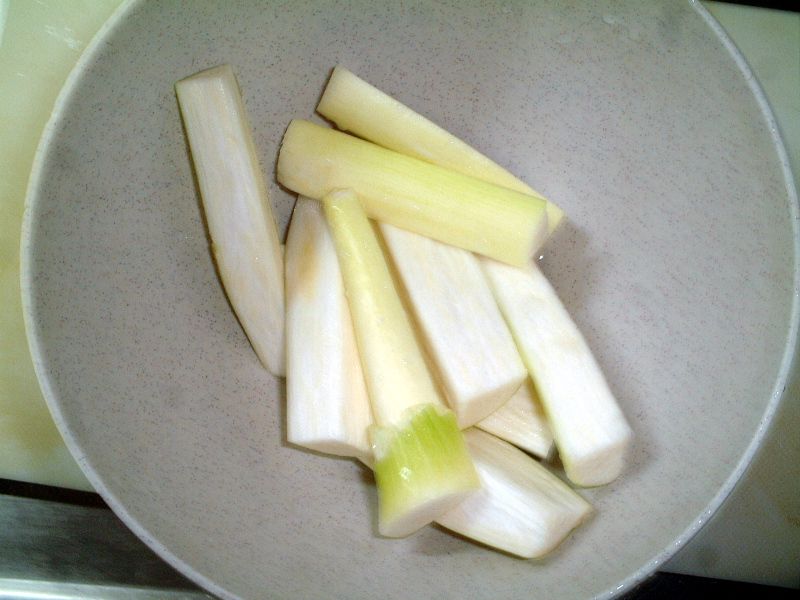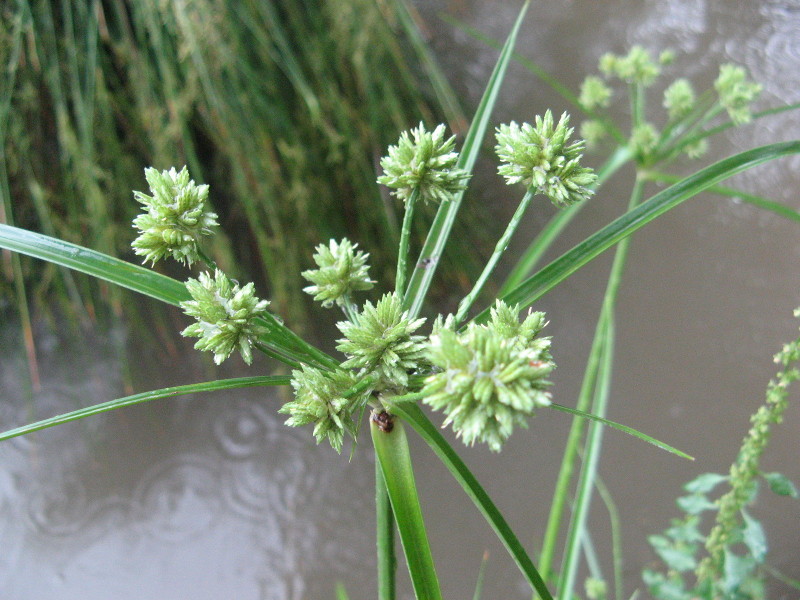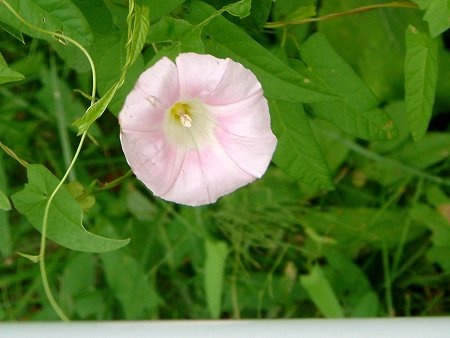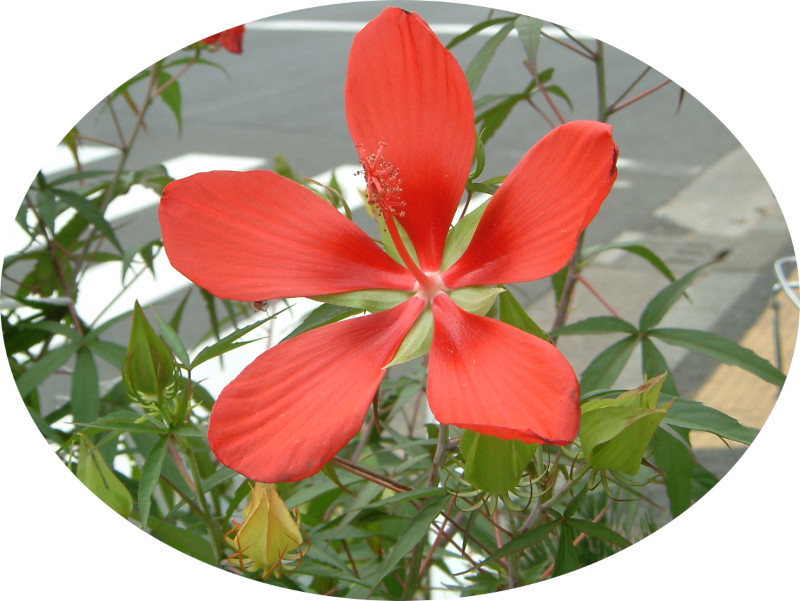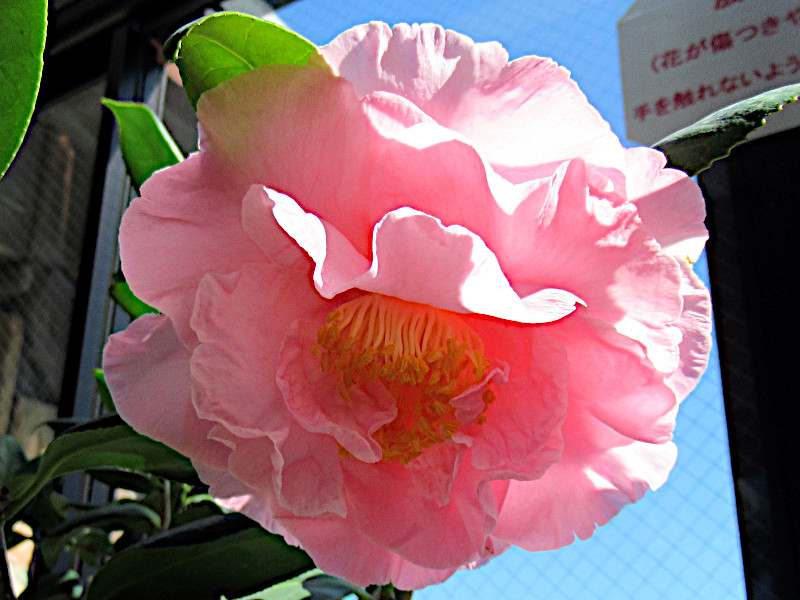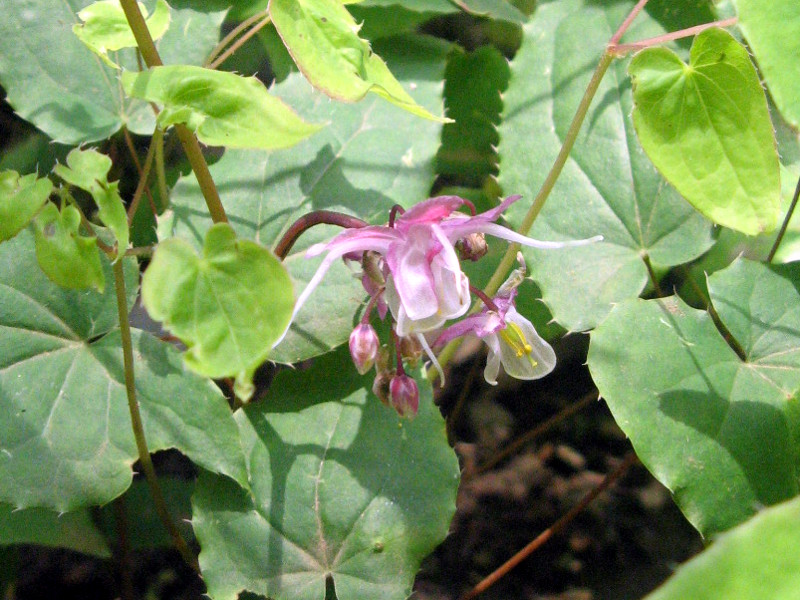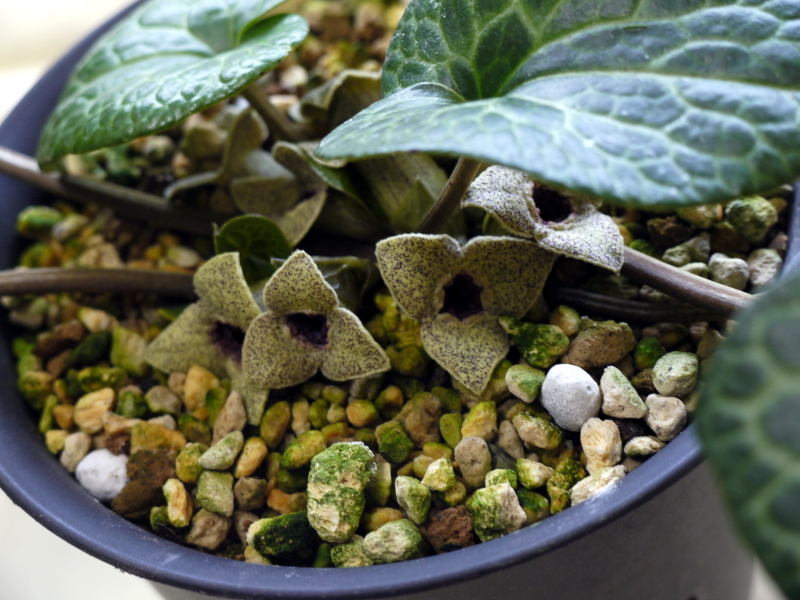Zizania latifolia
- Flower nameZizania latifolia
- Scientific nameZizania latifolia
- Aliasハナガツミ, 真菰, Manchurian Wild Rice, Makomotake, かつみ, まこも
- Place of originChina
- Place of floweringRiver, pond, Rice paddies
- Flowering seasonAugust, September, October
What is Zizania latifolia
Zizania latifolia or Makomotake (scientific name: Zizania latifolia) is a large perennial herbal aquatic herb that is native to China and is of the family Poaceae. In Japan, it lives in lakes in Hokkaido to Kyushu, waterside in rivers, basins etc. From summer to autumn, broadly linear yellowish green female spikelets are bloomed at the tip of the inflorescence stretched from the elongated stems, and thin reddish purple male spikelets bloom underneath. Leaves are wide and slender, and the interior is an air layer like a wafer. Japanese name "Makomotake" is by knitting a strong and light leaf like this. The sprout that the baboons parasitize and become enlarged is called Makomotake and it is edible. It looks like a green onion and its taste is pale white, similar to bamboo shoots. Because blue skin is hard, do not use, eat white part heated. For cooking examples, ingredients and fries of miso soup, cooked vegetables, fried food of Chinese dishes etc. are common. Besides edible, it is also used for making pigs in leaves, medicinal and lacquer ware.
Common name: Zizania latifolia or Makomotake (scientific name: Zizania latifolia) , aka: Manchurian Wild Rice, origin: China, Distribution: Hokkaido to Kyushu in Japan and East Asia to Southeast Asian, Environment: Waterside of lakes, rivers, ponds etc., plant height: 100 to 250 cm, leaf height: 40 to 90 cm, leaf width: 2 to 3 cm, leaves: Floral color: yellowish green (female flower), purple (male flower), female spike: linear lanceolate form 2 to 2.5 cm, male spikelets : 0.5 to 1 cm in narrow lanceolate shape, number of stamens: 6, flowering period: August to October, Makomotake length: 30 cm. Makomotake width: 3 cm, use: Chinese food, herbal medicine.
